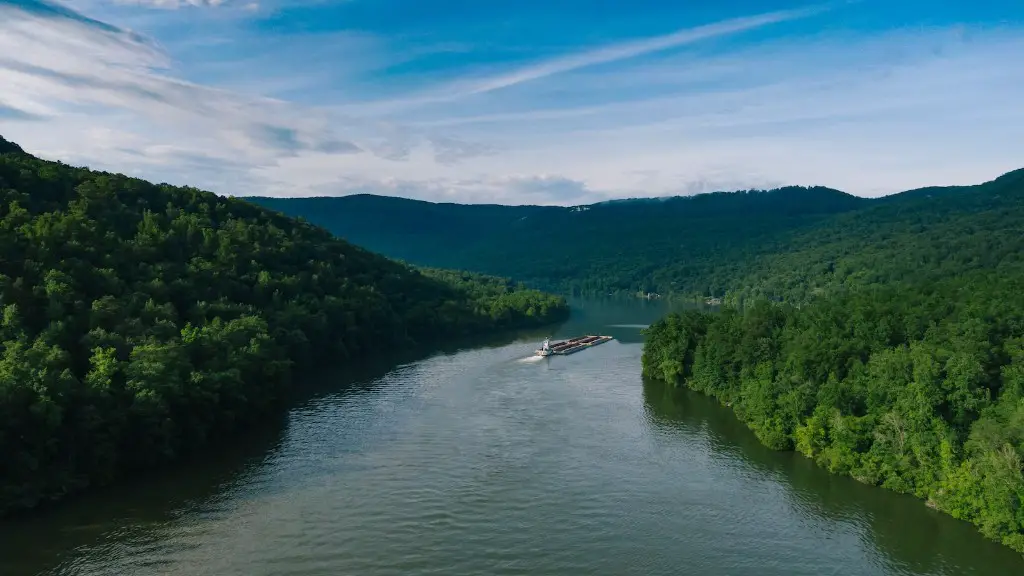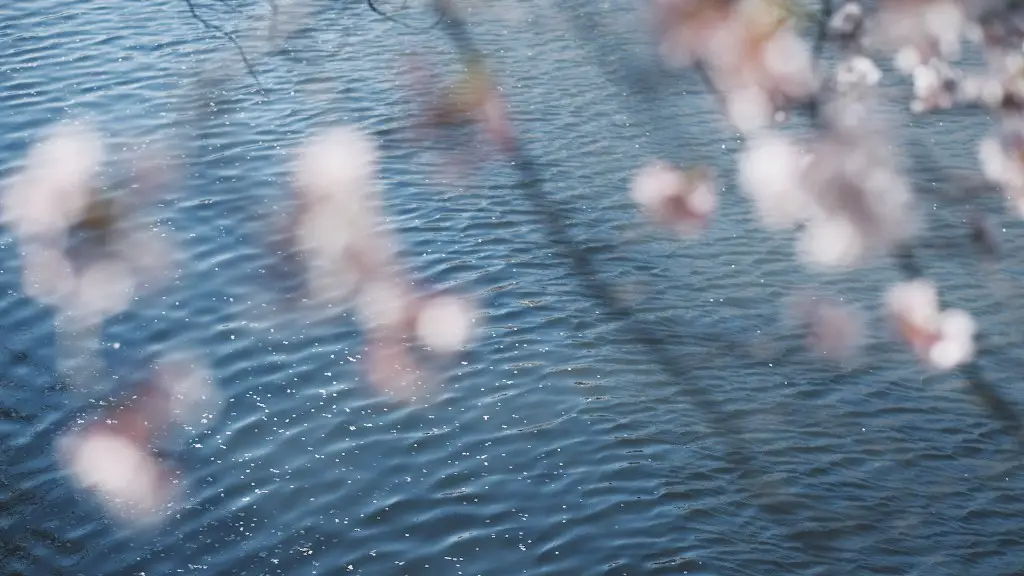The Yangtze River has long been known for its rich variety of life, an asset to the careers, traditions, and cultures of the area for generations. Yet, a recent phenomenon has recently stunned visitors and locals alike: an unaccustomed colour in its waters. Nowadays when viewing the Yangtze, a distinctive hue of red catches the eye. But what is the cause of this remarkable sight?
The Yangtze is actually not the only river of its kind to turn a mysterious shade of red. In 2019, another river in Inner Mongolia, the Suxian river, reported the same phenomenon. Local fishermen then quickly examined the water, discovering that it was turning red right before their eyes. A launch investigation in both cases eventually uncovered the same culprit: algal red tide.
Algal Red Tide occurs when an algal bloom is caused by an excessive concentration of nitrogen and phosphorus in water. These pollutants are usually caused by human activities, such as industrial waste and fertilizer, and can act as fertilizer for the algal population. Algal blooms usually turn the color of the water a deep red, resulting in a spectacular, yet troubling sight.
These algal blooms often cause a massive decline in the number of oxygen-rich waters. The lack of oxygen then results in the death of fish and other animals, such as marine mammals, and can even decimate entire ecosystems. In the case of the Yangtze river, this phenomenon has greatly disturbed the natural balance in the river’s environment.
Furthermore, the algal bloom can have damaging effects on local populations, too. It is well-known that algal blooms are particularly efficient absorbers of sunlight. This can lead to the water not only taking on a red hue, but becoming too warm to sustain aquatic life as well.
The phenomenon of the red Yangtze proves to be not only extremely captivating, but deeply concerning as well. Many NGO’s have waged campaigns directed at the Chinese government to address the issues created by human activities. These campaigns aim to keep rivers like the Yangtze clean and healthy for years to come.
Preventative Measures
The main way to prevent further algae blooms, and the resulting river discoloration, is to address the root cause of the problem: air pollution and waste produced by human activities. Although the task of voluntarily reducing these emissions may at first glance seem daunting, solutions do exist.
The Chinese government has recently undertaken a new project, the Three-Year Action Plan for Water Pollution Prevention, which has effectively continued a previous program that aims to improve water quality in the Yangtze River by addressing the water pollution caused by industrial activity.
This plan includes both developmental and regulatory control strategies, such as the promotion of technologies to reduce water pollution, the promulgation of water quality target points, and the formulation and implementation of essential national policies on the water environment management.
At the same time, institutional reforms concerning the water pollution permit system and water pollution management laws and regulations have been carried out in order to further reduce water pollution emissions. These reforms not only improve the status of water in the Yangtze River, but also instruct future industrial development and serve to protect human and environmental health.
Yangtze Protection
Meanwhile, alongside the Chinese government’s efforts, a number of organisations, universities, and citizens have taken it upon themselves to save the beloved river. In 2018, numerous universities around the Yangtze launched a special programme together, the Yangtze Environmental Protection Programme.
This programme seeks to build a “Public Service Base” in which volunteers, universities, and professionals team up to provide data analysis and research of the Yangtze. This research can then be used to discover new solutions for the protection of the Yangtze.
Additionally, the programme also serves to strengthen the official infrastructure and expand volunteer management, as well as promote anti-pollution awareness and spread knowledge about protecting the environment. It also encourages the development of river improvement schemes and related plans.
The programme provides a valuable opportunity for those interested in Yangtze care to contribute in a meaningful and constructive way. Thanks to this programme, people from all fields can work together to protect the charismatic river.
Raising Environmental Awareness
Perhaps the most impactful yet simplest way to protect the Yangtze is to raise environmental awareness. The individuals who would benefit most in this scenario are the locals and citizens of China. By giving locals more information on the environmental risks associated with human activities and behaviours, they can begin to take their own steps in protecting the Yangtze.
For instance, small acts such as cutting down on water consumption and increasing recycling could greatly reduce the impact humans have on the environment. Furthermore, spreading the message on the importance of conserving the environment can create a larger ripple effect, and inspire more people to take action.
By doing this, the number of individuals who are properly informed about the Yangtze’s plight will rise, and with it, a greater desire to improve conditions for the beloved river. Additionally, advocacy campaigns such as the Refill Revolution or Zero Waste Campaigns, can help educate communities on the need for working towards a clean and healthy environment.
Yangtze River Expo
Another key way to spread environmental awareness is through the 2020 Yangtze River International Expo, held in Chongqing city. This event serves as an educational platform to inform the public on the facts regarding the river and its ecological state. In addition, the Expo also facilitates unique collaborations among scientists, entrepreneurs, and social groups, with the aim of advancing the understanding of river civilization and conservation.
This event can showcase the many voices in this field and establish a platform in which students, professionals and lay people can come together. Furthermore, the event takes place on a yearly basis, bringing people all over the world to share their knowledge and research of the beloved river, as well as collaborate and create solutions for a better tomorrow.
International Involvement
A large factor in restoring the Yangtze’s water quality lies in working together with the international community. As the issue of water waste and pollution not only impacts China, but also other neighboring countries, a unified front between countries is necessary.
For instance, the ties between China and Japan in clean energy and water conservation can be used to share key technologies and trends between the two countries. Additionally, the China-Singapore joint project concerning the protection of the Yangtze is another example of the potential of collaboration between countries.
Ultimately, collaboration on an international level allows both countries to benefit equally from the sharing of knowledge. At the same time, international collaborations also increase public awareness, as well as giving people an understanding of the dynamic interdependence between countries.
Conclusion
The unaccustomed sight of the red Yangtze is certainly worrying, yet it is heartening to know that there are individuals and organisations looking out for it. Although the matter of restoring the river’s health is far from easily accomplished, the actions of both individuals, organisations and the government, serve as hope for the future of the Yangtze. Among these, the importance of understanding and collaborating with neighbouring countries, as well as raising environmental awareness, cannot be underestimated.





